
Last Updated on 16/06/2022 by Above Diamond
Last Updated on 13/07/2022 by Above Diamond

The “Wedding Veil” holds symbolic importance for the bride-to-be. It is a hair accessory that many dreams to wear once in their lifetime. Nowadays, wedding veils come in many types and forms. How can you know which one is the best for you?
Wearing a wedding veil on the most special day of your life is a dream many women share – they want to take in the full experience of the blushing bride. Wedding veils are made from transparent white fabric, they give off a light, soft, and pure feeling which symbolizes a warm and gentle love. Feather-light, ever-flowing, and beautiful.
When we think of a wedding veil, many brides-to-be will imagine a netted veil or a considerably long transparent fabric that is placed upon the head of the bride. However, there are many more options for you to choose from to make your wedding veil a perfect fit, both for you and your wedding, elevating the veil’s status from a simple piece of fabric to something much more meaningful.
In this article, I have brought to you a “how to” for the selection of your wedding veil by taking in multiple factors such as length, fabric, and details of the veil as they will all contribute to the bride’s unique look on her special day. What options are there for you to pick from? Let us find out.
Because there are many wedding veils for you to choose from, it would be better if you had core factors to keep in mind in order for you to receive the perfect veil. The things to keep in mind are:
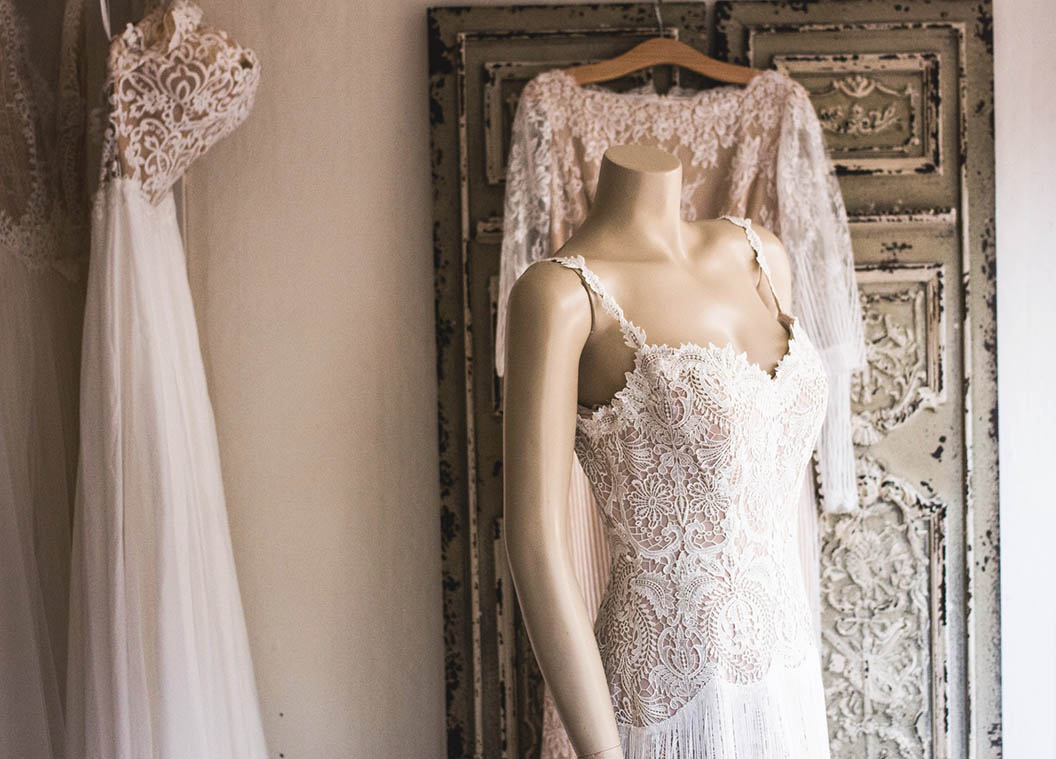
Try picturing your beautiful wedding dress to see what shapes and styles it has. The wedding veil should help put emphasis on the look that you want to achieve to make you even more stunning but it should not steal the spotlight away from your dress either.
The same goes for choosing your wedding shoes and diamond jewelry to elevate your wedding look to the next level. The core principle is to “Balance your overall look” to not appear too heavy nor too simple.
For example, if your wedding dress is full of sequins or laces, you may only need to select a simple wedding veil to balance your look.
However, if your wedding dress has a modern style, you may want your final look to appear slightly more romantic and outstanding. To do that you could pick a wedding veil that is filled with beautiful floral details and patterns in order to add more dimensions to your wedding dress.
Additionally, the shape of your wedding dress also affects the length of your wedding veil. The veil will bring a lot of attention to the point where it ends, which is why it is important to control the length of the veil in order to balance the look. Examples are:
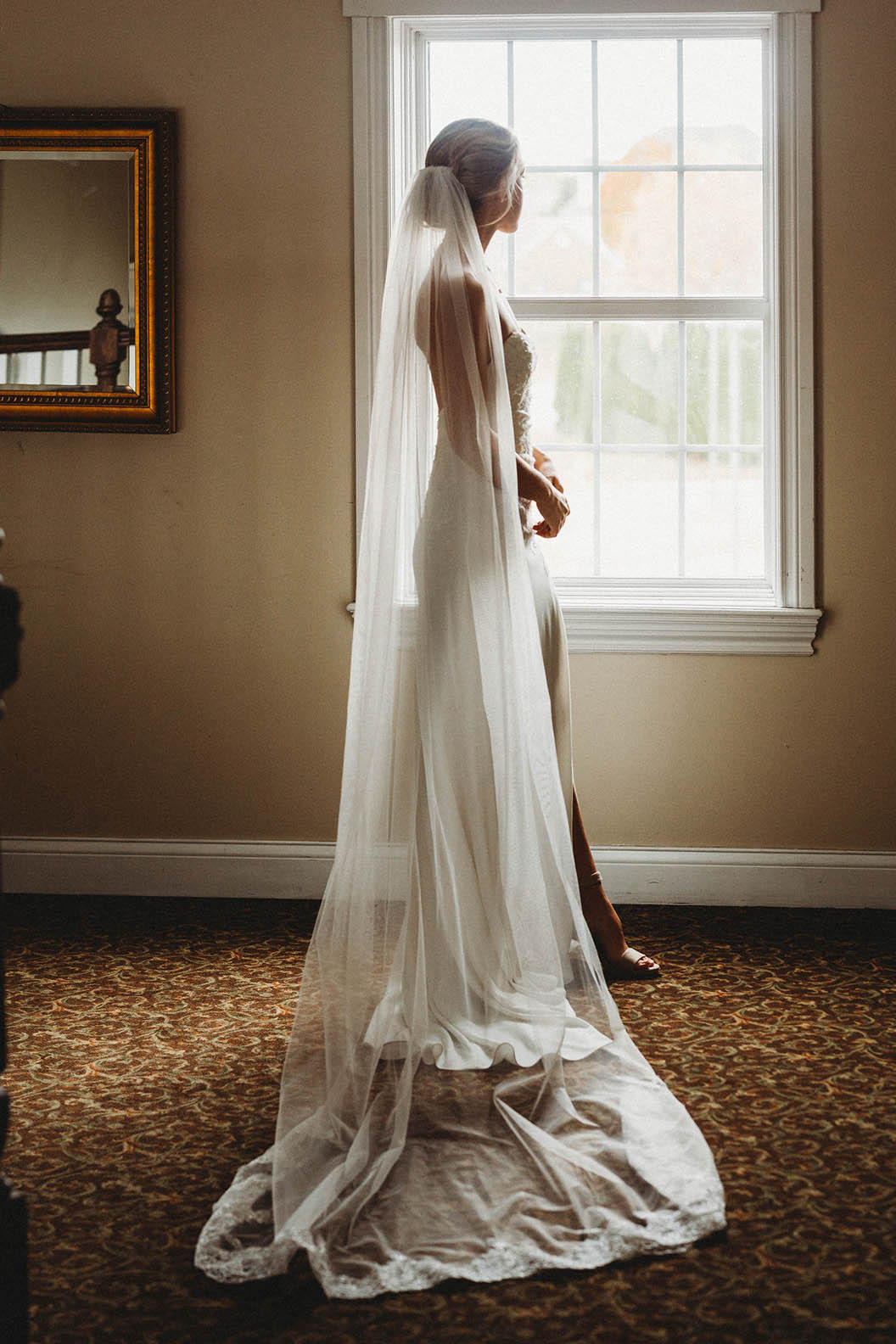


The color of the wedding dress will also dictate the color of the wedding veil to follow in the same direction. For example, if your wedding dress has an off-white color, you should also select an off-white wedding veil. If you have an ivory-colored wedding dress, your wedding veil should also be ivory colored.
Read More: A treasure trove of wedding dresses – choose your style (Part 1)
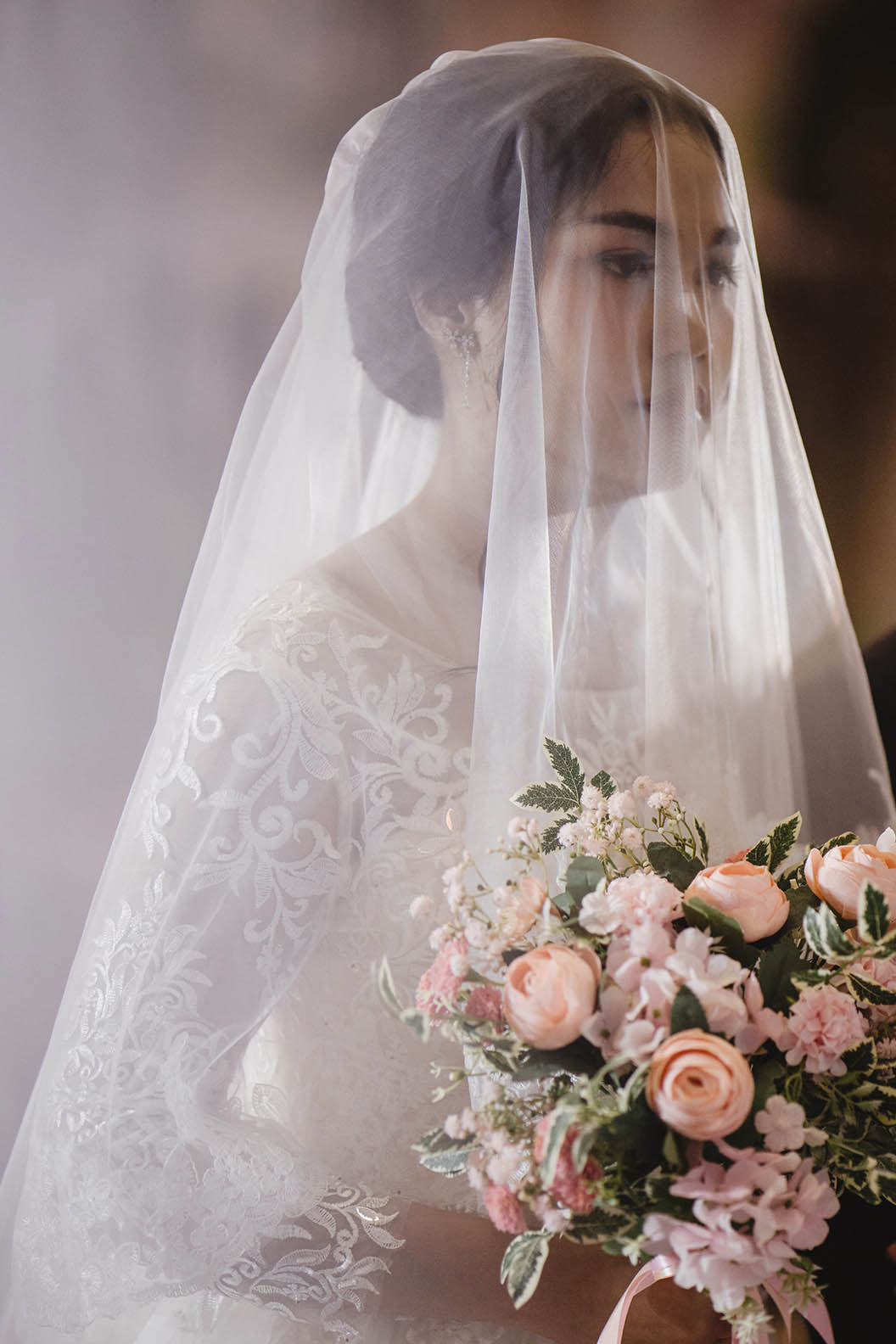
Generally, the length and type of the wedding veil will depend on the wedding’s level of formality. For example, if your wedding is at a Christian church, there may be a need for a veil to cover the bride’s face for formality. If your wedding does not require these formalities, you may choose to not cover your face or wear a veil.
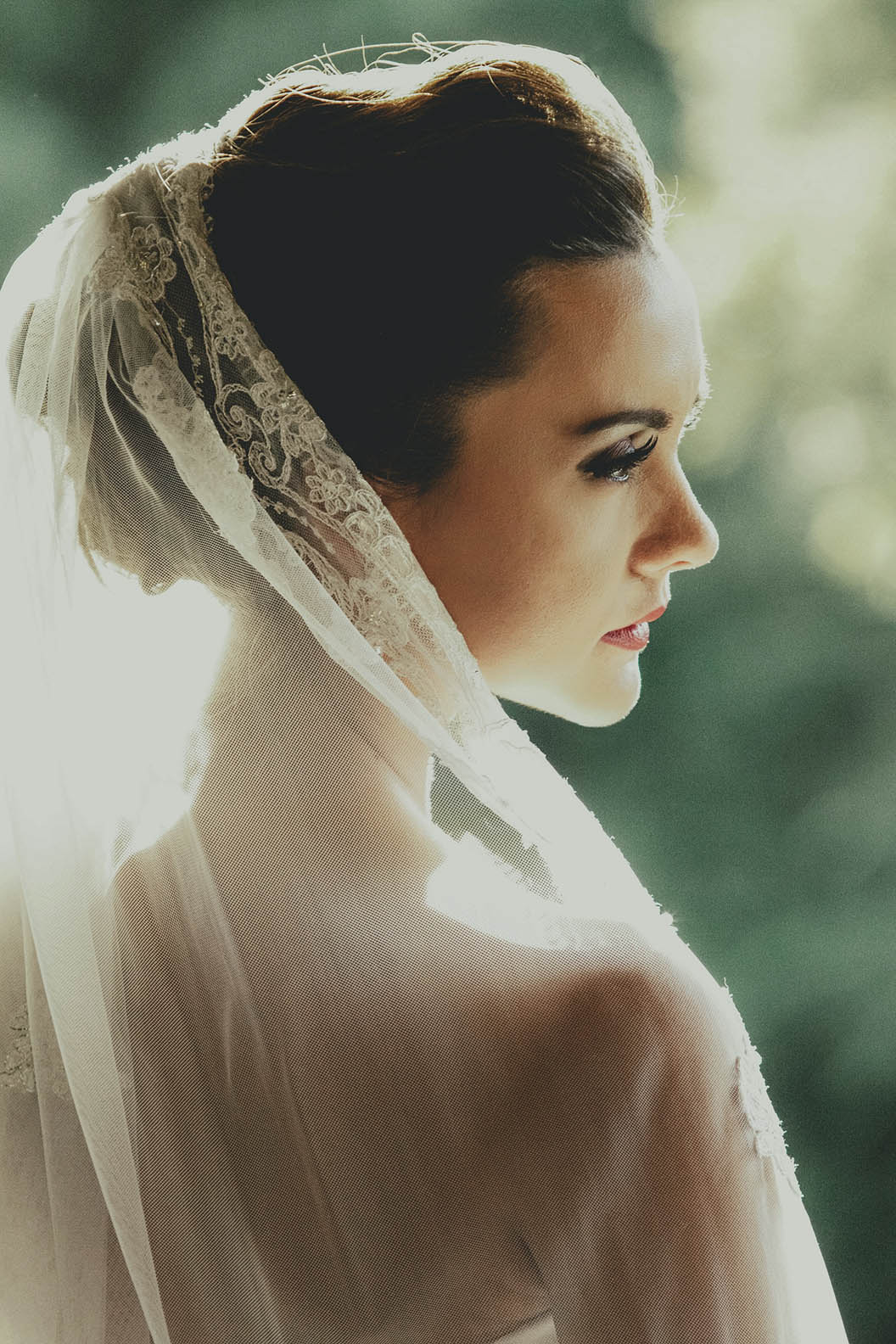
The hairstyle you choose will affect the length of the wedding veil, on the other hand, the length of the veil will also affect your hairstyle.
Usually, the veil is worn on the bun of your hair, therefore, the higher your hair bun is, the shorter the veil will appear. This is why it is important for you to consider how high up your hair will be, and then measure the length from that point in order to get a more accurate wedding veil length.
Other than that, it is important to note the length and weight of the wedding veil so that the bride may choose a hairstyle to accommodate the veil in order to make it more secure, by either putting up all of your hair or just half of your hair. If your veil is not too long, you can let your hair down or wear a loose hair bun.
Read More: 8 Tips To Choose ‘Bridal Hairstyles’ To Match Your Wedding Dress
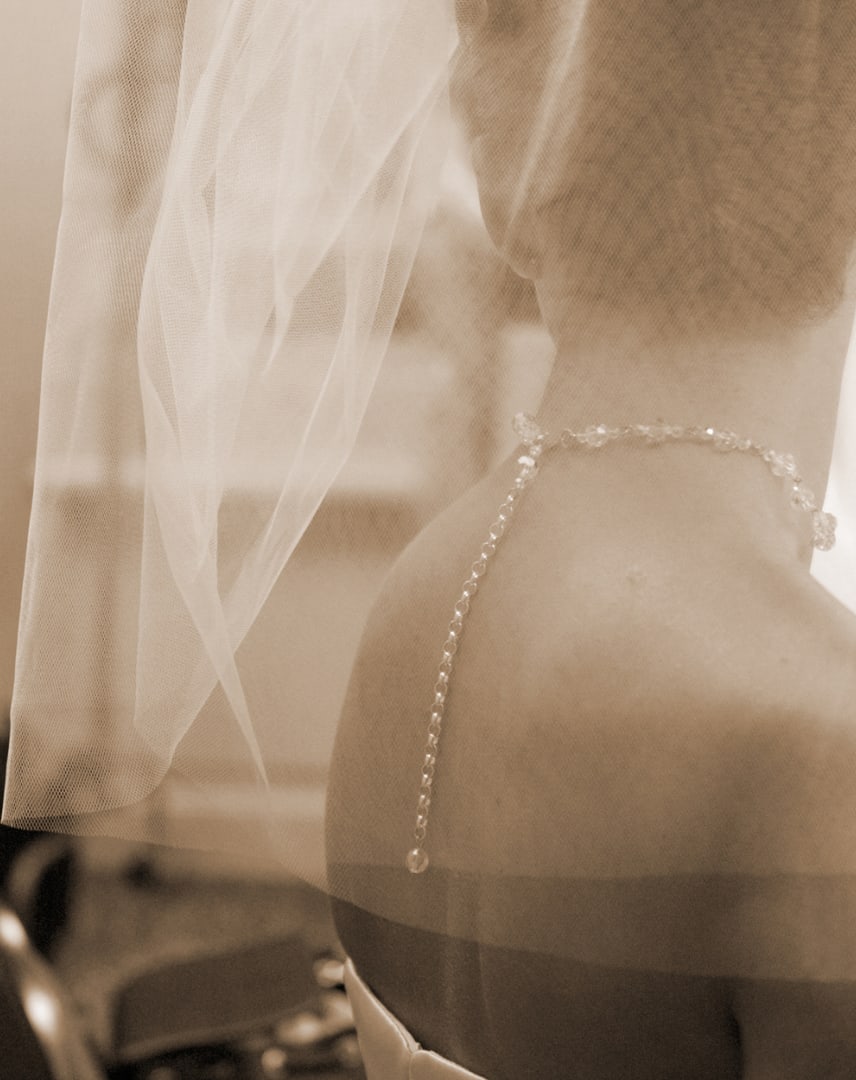
The length of the veil will have a significant effect on the bride’s overall look, especially when she is walking down the aisle. The longer the veil, the more luxurious, elegant, and formal the wedding will look. There are 8 popular wedding veil lengths in total and they are:

This length of wedding veils will end at the middle of your upper arm, giving off a modern and easy-going look. We often see many brides wear this type of veil to their bachelorette parties or the “Hen Night”. When the groom proposes to his bride, he could also prepare this length of wedding veil for his bride to wear at that moment for an unforgettable moment.
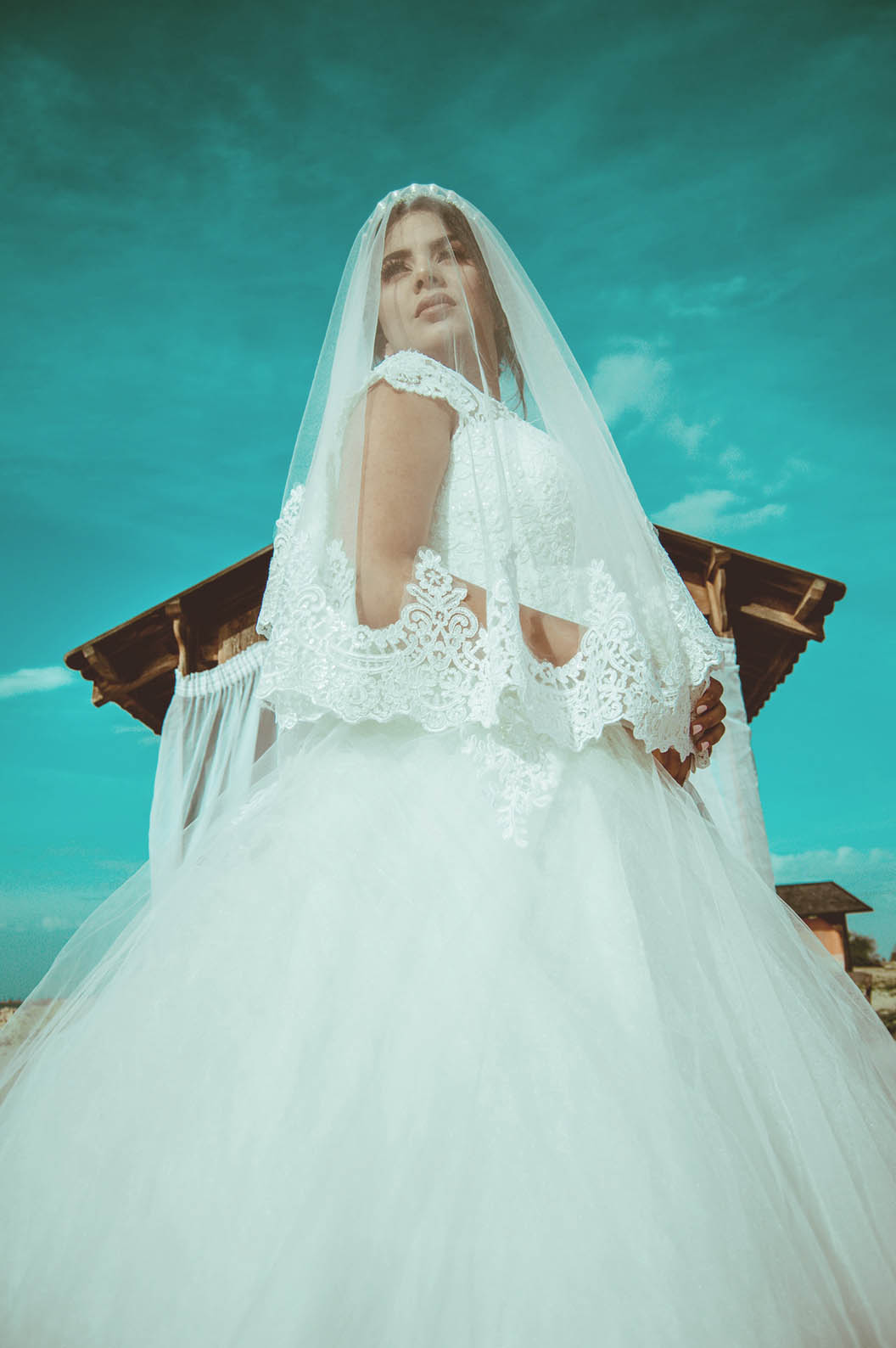
This wedding veil length will end at the elbows of the bride, covering the upper arms of the bride which could be useful if the wedding dress has no sleeves. The end result will make the bride even more beautiful and elegant.

This wedding veil, as the name suggests, ends at the fingertip of the bride, covering the hips of the bride. This is a highly popular choice as it works well for all body shapes and also because it helps bring out the details on the back of the wedding dress if the veil is transparent.

The knee-length wedding veil helps add luxury and prominence to the bride’s overall look without being too long or heavy. The veil itself still floats above the grown, allowing the bride to wear this type of veil throughout the wedding day without having to drag it on the ground.
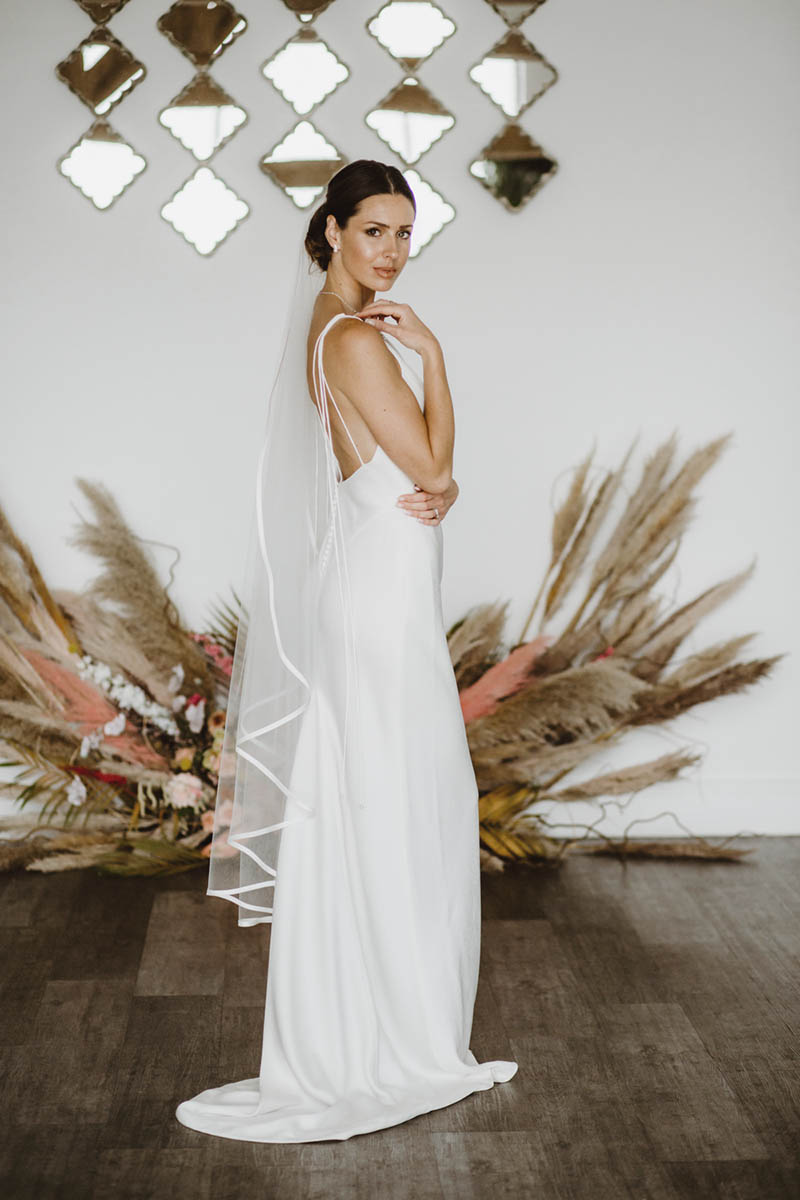
Also known as the “Ballet Veil”, this type of veil adds on an extra level of luxury to the wedding look. The length will end around the calves of the bride but will not exceed the ankles. The veil is elongated but still does not touch the ground which is why it is suitable for brides who are looking for that extra touch of luxury without the hassle of dragging the veil around. This veil length is considered one of the best options for the bride.

This wedding veil length ends at the ground, just like the bride’s wedding dress. With the veil covering the backside of the wedding dress, the veil will add more dimensions to the look, giving the fluid and dreamy appearance, suitable for brides who want to wear the “Ballgown” dress or the “Sheath” dress.

This veil length will start to drag on the floor, with the veil being slightly longer than the end of the wedding dress. It is suitable for brides who are having their ceremony at a Christian church but still desires mobility. The tail of the veil will drag along the footpath of the bride, giving a more formal and luxurious look to the bride as well as add a soft touch to the wedding dress.

This veil length gives off a luxurious look worthy of a royal bride. The Cathedral wedding veil will leave the longest tail along the footpath of the bride, adding an elegant aura to the bride regardless of her wedding dress style.
Selecting the fabric of the wedding veil is just as important as choosing its length because the fabric will set the transparency and style of your veil. Fabric options for wedding veils are the following:
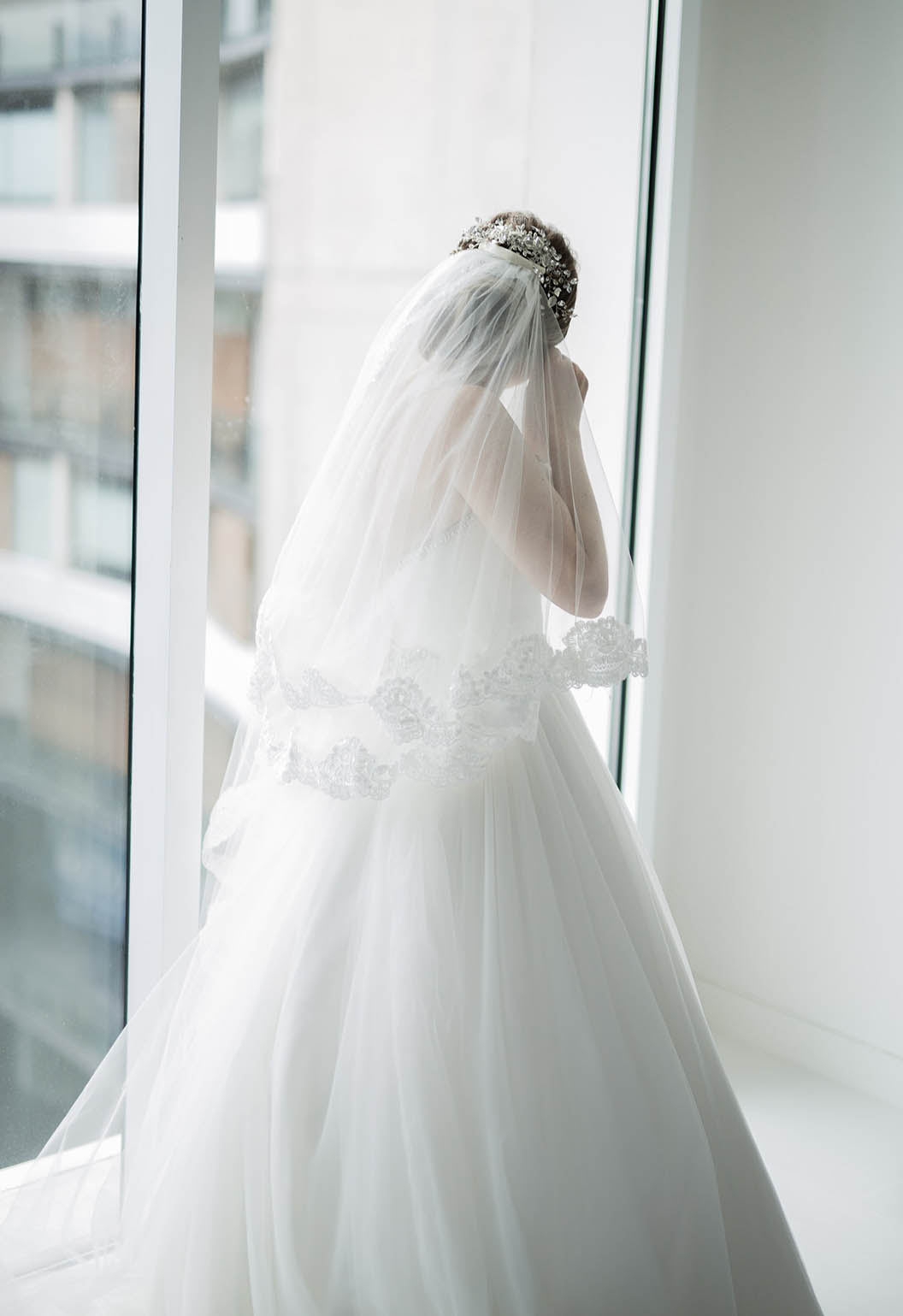
Tulle is a popular choice for brides to use as their wedding veil material because of its delicate netted characteristics. Thin, light, luxurious, and the most transparent of all the choices. Because of its lightweight, the fabric will easily flow and spread which is why it is suitable for longer veils.
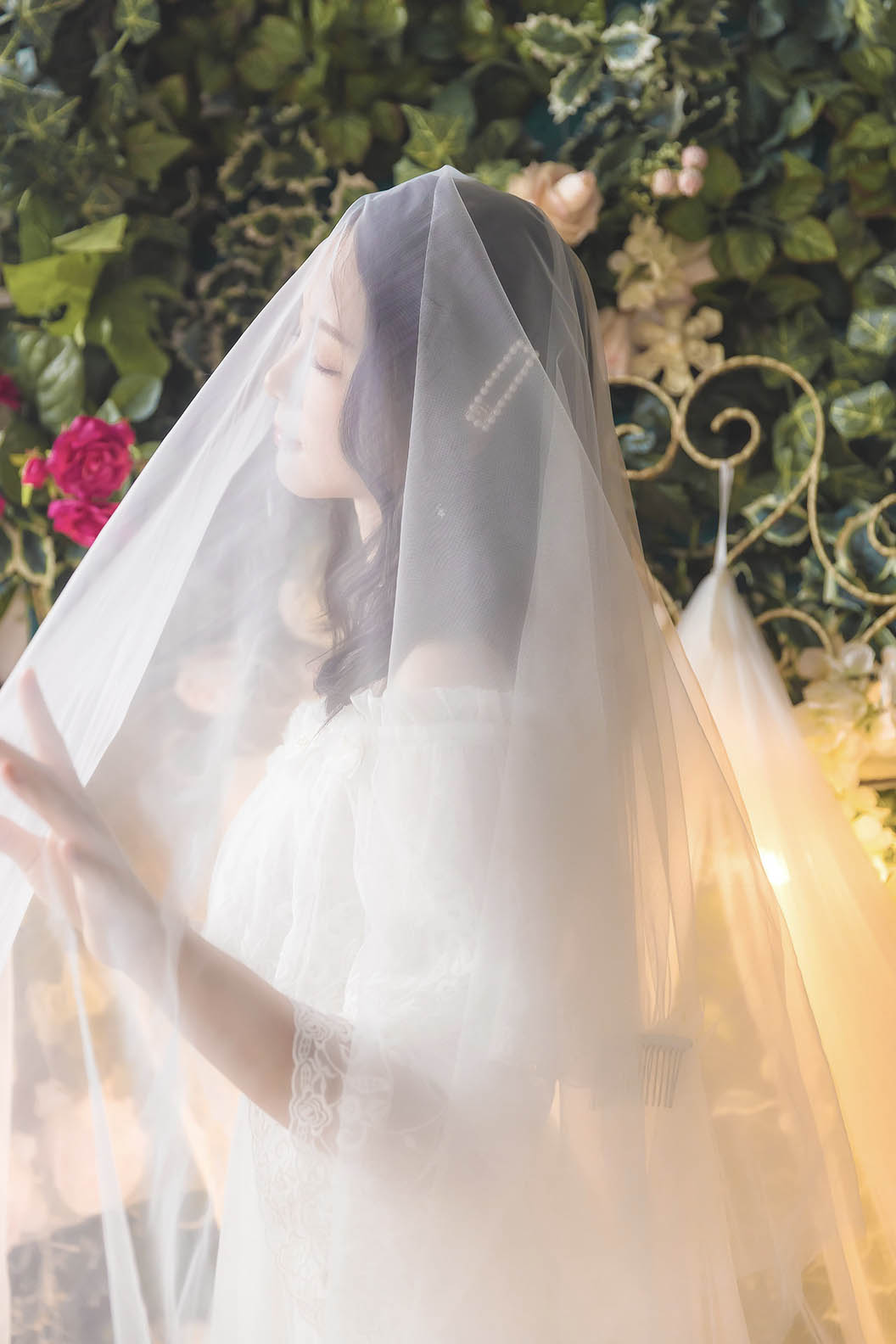
Chiffon is soft on its own, with its fine threads and un-netted characteristics, the fabric is not very transparent which gives off a more modern look. Suitable for wedding dresses that require simplicity or overall minimalism.
Because of the heavier fabric, the veil will not be as feathery and flowing as the veils made from tulle. It is suitable for medium-length wedding veils or for brides who want their veils to flow straight down onto their backs.
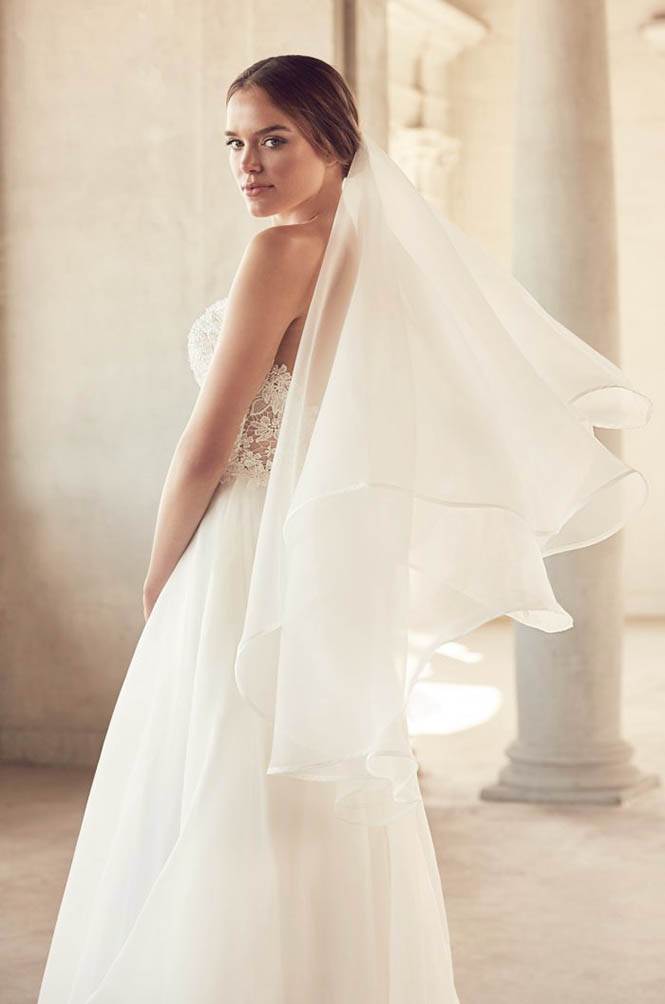
Organza has similar fabric qualities to the Chiffon, it is fine and soft but the fabric is considerably stiffer than other choices. The wedding veils made from organza will generally hold their shape. The fabric is shiny while remaining transparent.
This fabric is suitable for brides who want a wedding veil that will hold its shape whilst maintaining a flowing motion and transparency; revealing the modern, yet subtly sweet, details of the bride’s wedding dress.
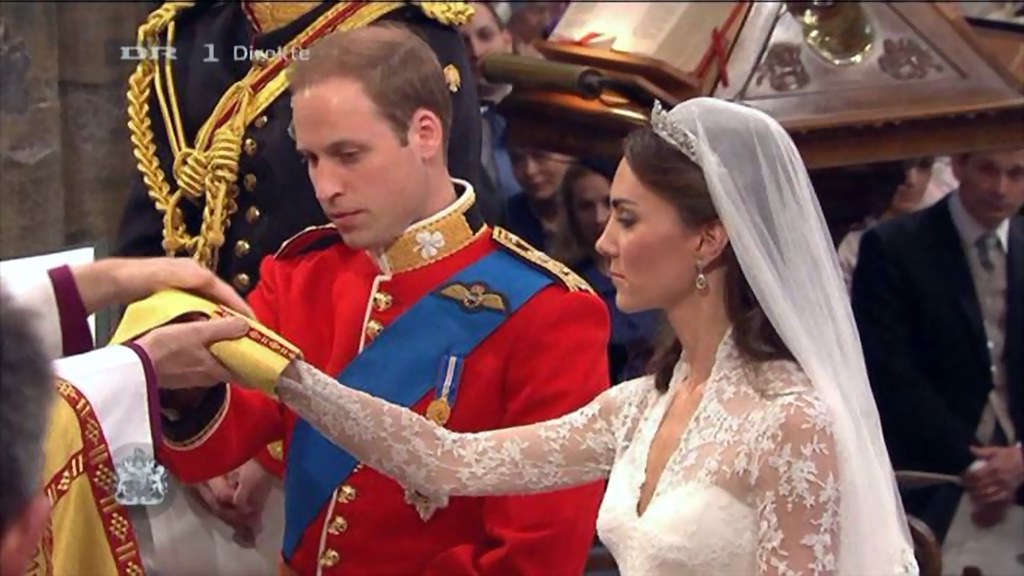
The English Net, has similar “netted” characteristics to the Tulle but it is thicker, making the fabric less flowy and transparent; despite that, once used as a wedding veil, the fabric is perfect and beautiful in motion.
If you want the same wedding veil as Kate Middleton which has just the right amount of flow and transparency, you can go right ahead and choose the English Net.
The fine details of the wedding veil are just as important as the length and fabric when considering the final look of the bride. Things to keep in mind when it comes to the details of the wedding veil are:
The layers of the veil have a direct effect on the visibility of the details on the wedding dress. The more layers there are, the thicker the veil and therefore the less visible the details of the dress. However, this is entirely up to the bride. Some may want a transparent veil that allows the back of the dress to be seen and some may want to cover up the details of the curves they do not want to reveal. We can categorize different layers of the wedding veil are the following:
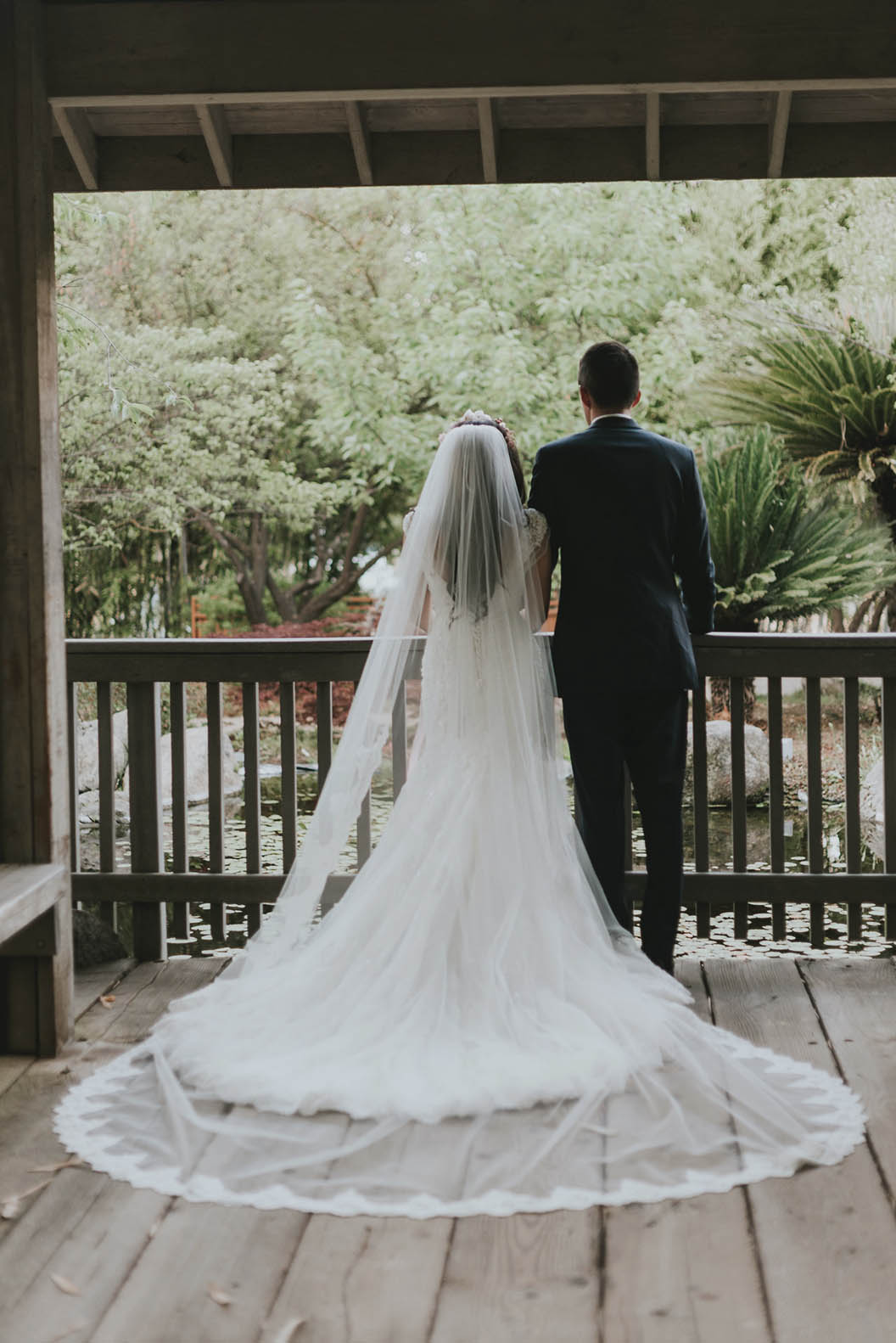


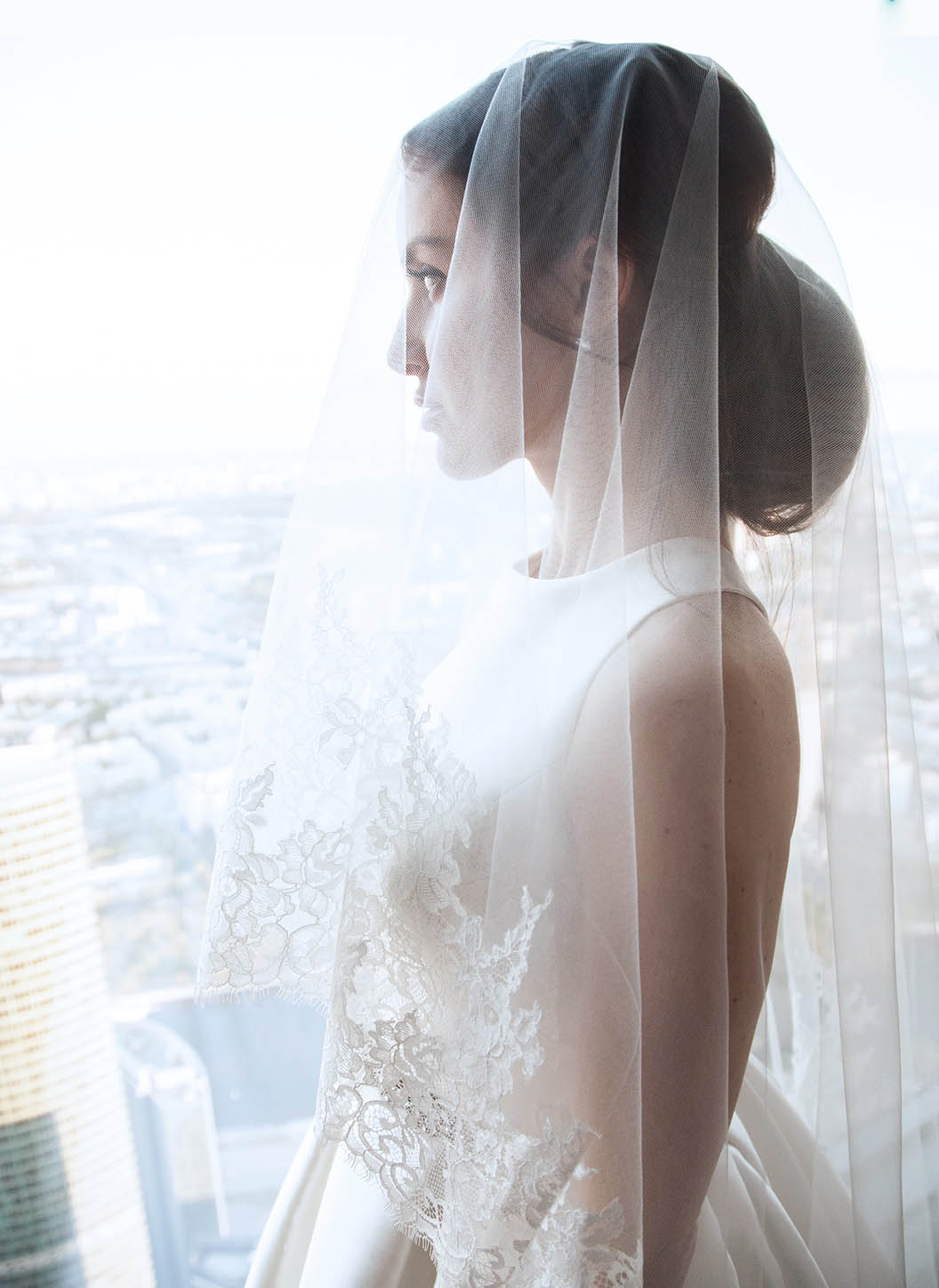
Many brides-to-be may think that there is only one shape of wedding veils, but actually, there are many wedding veil shapes to choose from according to the wedding dress you desire. The wedding veil shapes that you should get to know are:
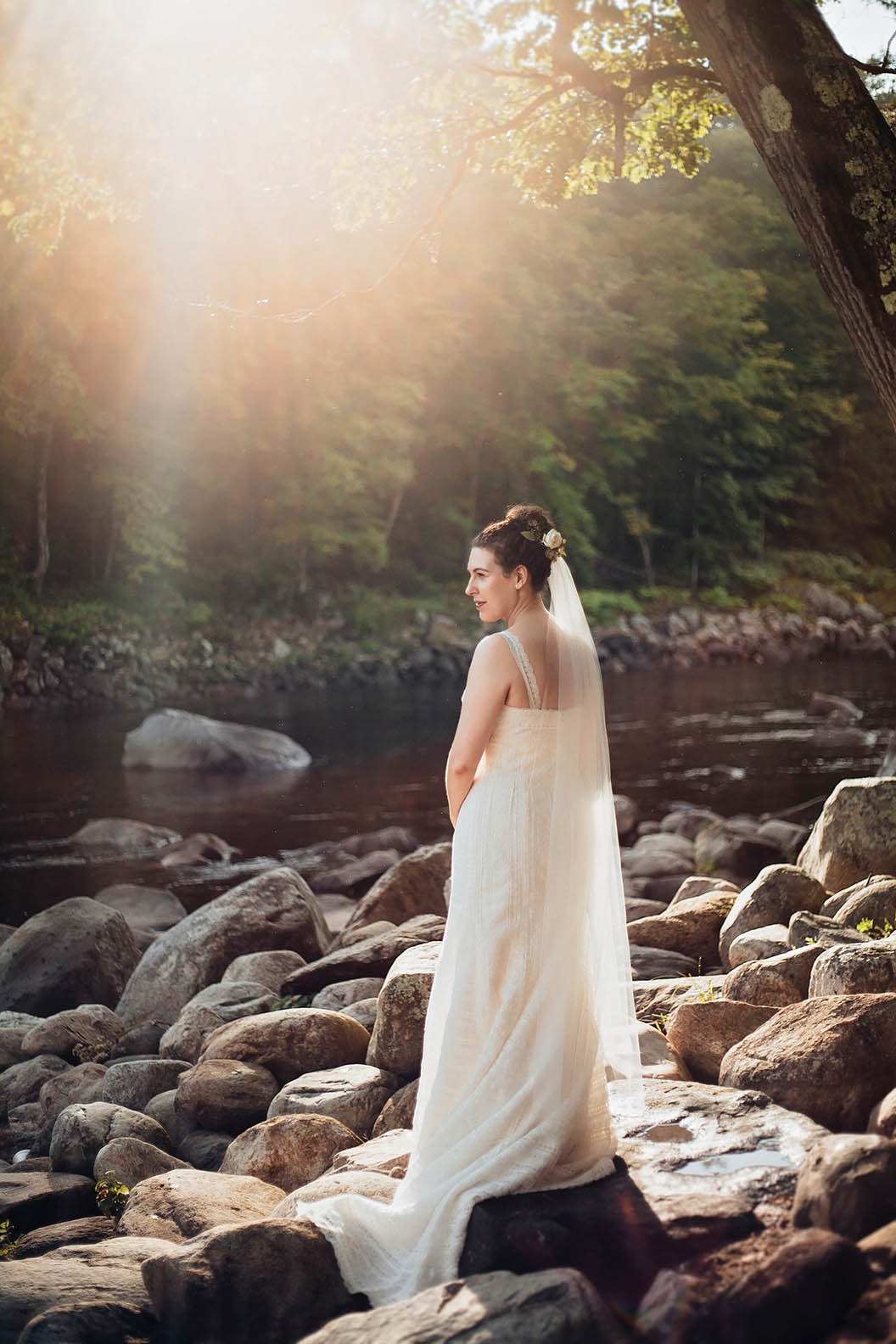
If you want a fluffier veil, you can choose this shape and adjust the width to be equal to your back.
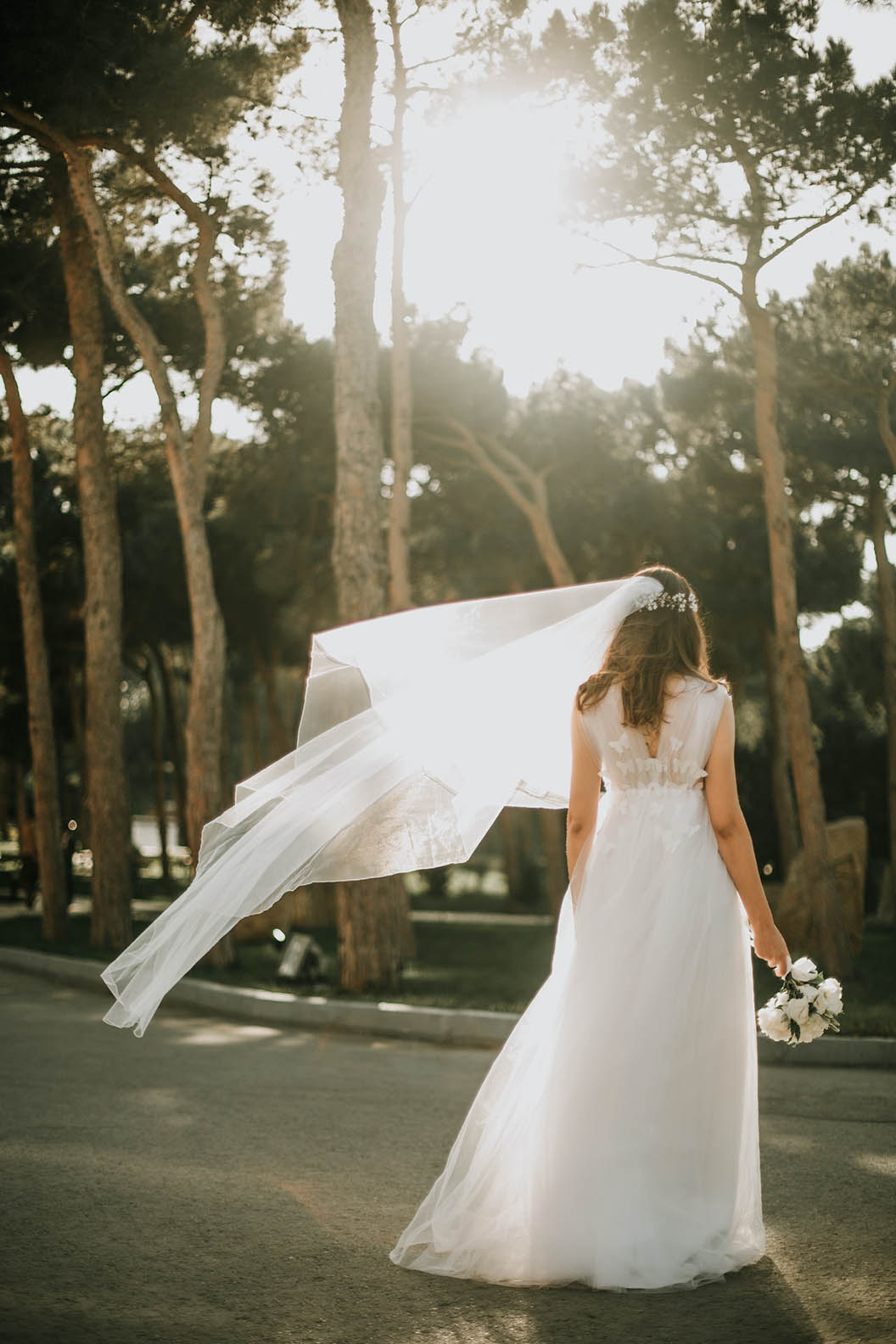

Adding patterns to the wedding veil is one of the best parts of designing a wedding veil to match the bride. If your wedding dress is simplistic and minimal, adding gimmicks to the wedding veil could make your wedding dress unique and outstanding. The patterns you can add to your wedding veil are:
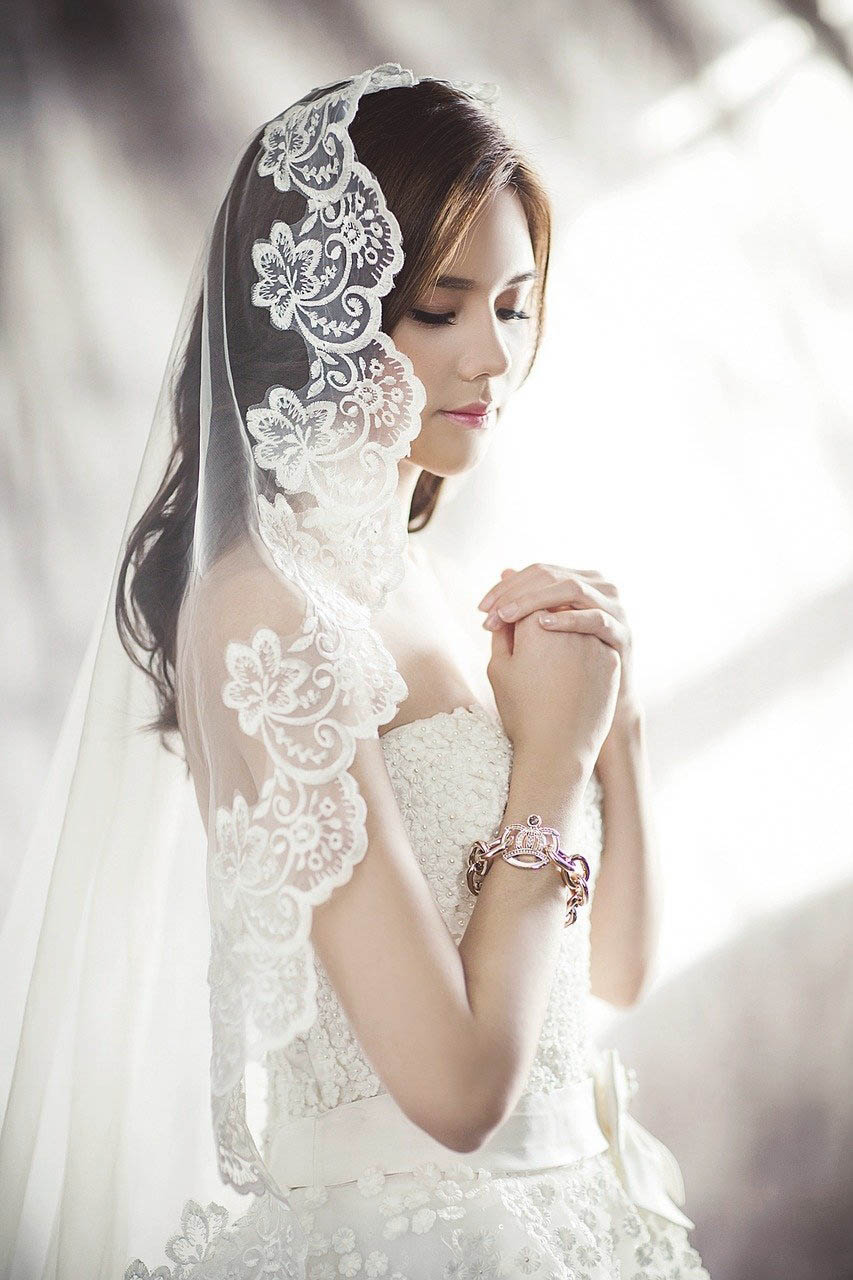
However, you should consider if adding more patterns will overwhelm the whole bridal look.


You can choose to arrange the diamonds however you like, whether that is spread throughout the veil or just along the edges of the veil.
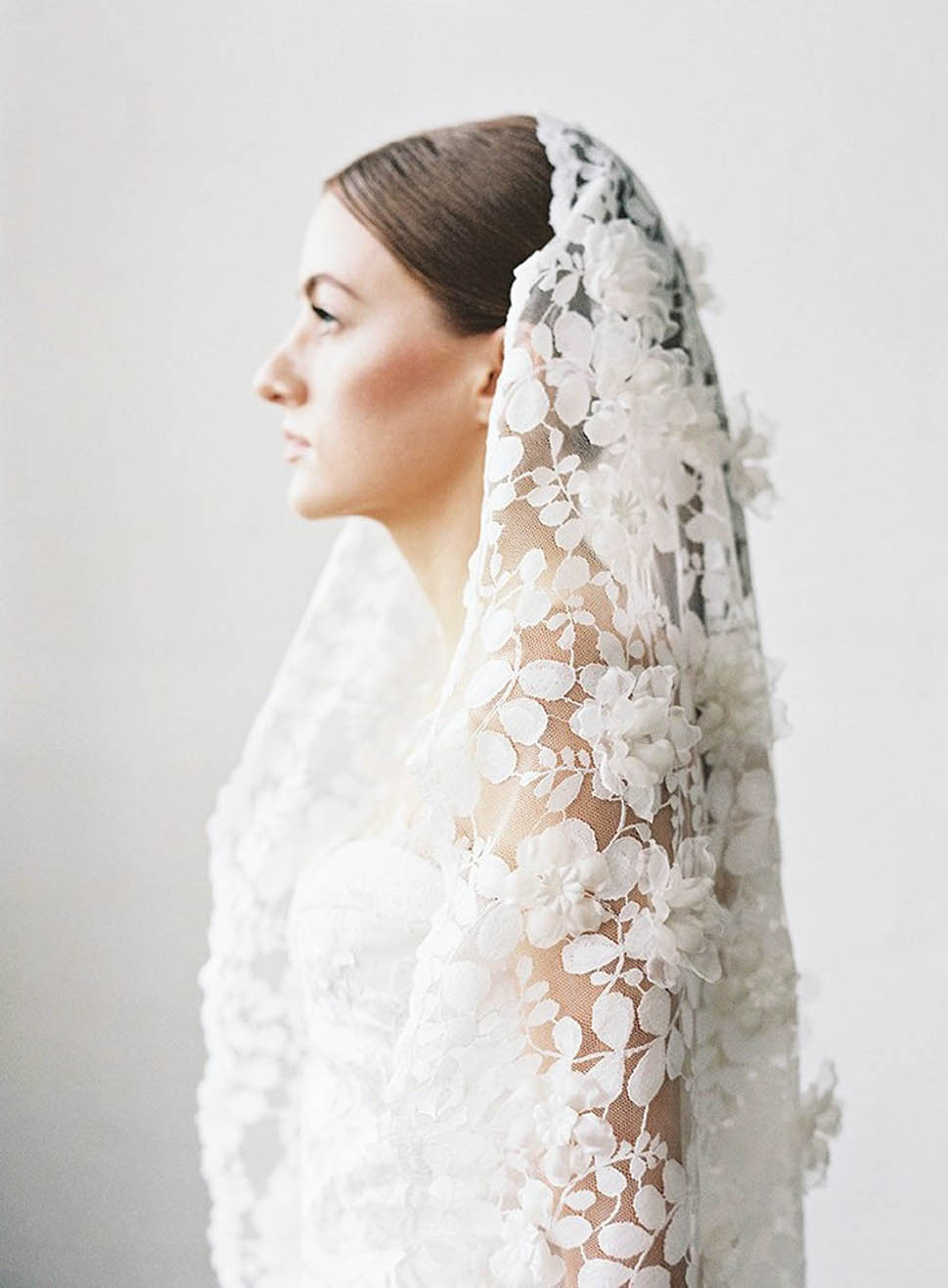
You can choose to sew the details onto the veil or to add a 3-dimensional flower onto the veil. You can also choose to decorate the veil with your favorite colors and flowers to add more glow to your bridal look.

From what I have seen, many brides-to-be often choose a pattern that tells a special story between her and her groom. For example, a couple’s photo, cartoon characters that act as nicknames for the couple, signatures, or even kindling fire. You are free to choose any pattern that holds meaning to you.
As mentioned earlier in this article, the hairstyle of the bride will affect the placement of the veil. Additionally, the placement will also affect the overall look of the bride. There are 3 levels on which the veil can be placed at and they are:

Additionally, placing the veil at the top of the head is suitable for brides who want to let their hair loose or wear it “half-up”. Covering the entire head with the veil will give off an extremely romantic and feminine look.


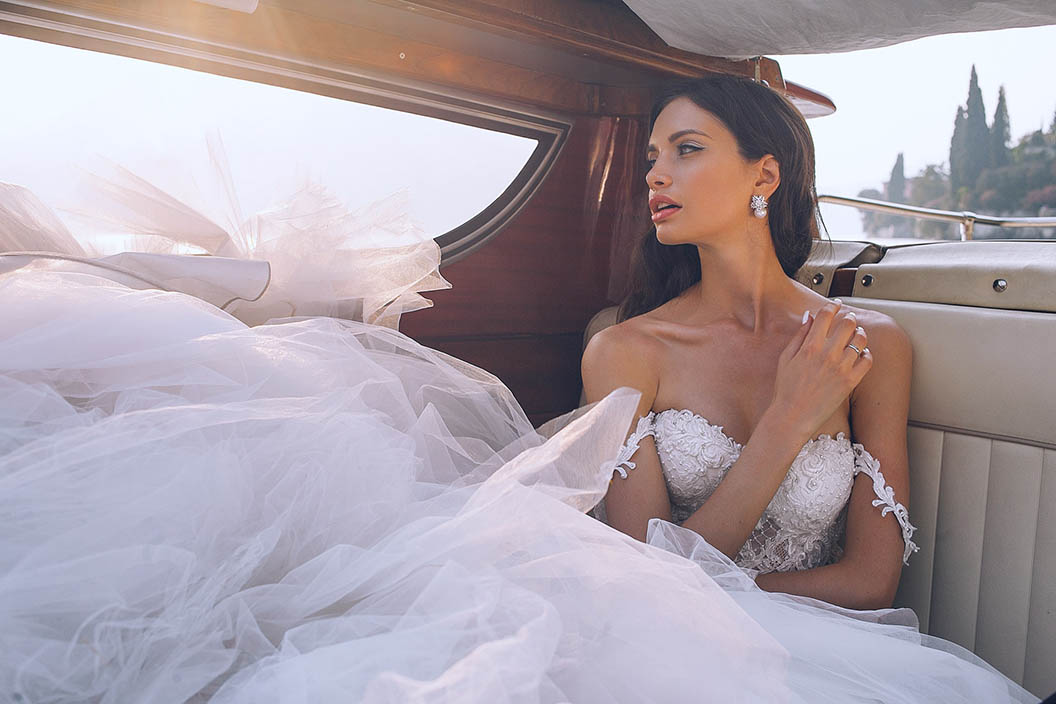
Definitely, if you feel that the wedding veil is not suitable for your bridal look. There are no fixed rules that say you must or must not wear a veil to qualify as a bride. You only need to choose a bridal look that is the most “You”, which is far more than enough.
The “Wedding Veil” is another element that could help fulfill your bridal look to become even more beautiful and elegant. Even though there are many veils for you to choose from, if you have fun with the mixing and matching of the veil to fit best with your wedding dress and personality, I believe that you will find your perfect wedding veil.
And if you would like to order a custom diamond wedding ring that fits best with you and your personality, you can also choose exclusive diamond ring designs from Above Diamond right here.
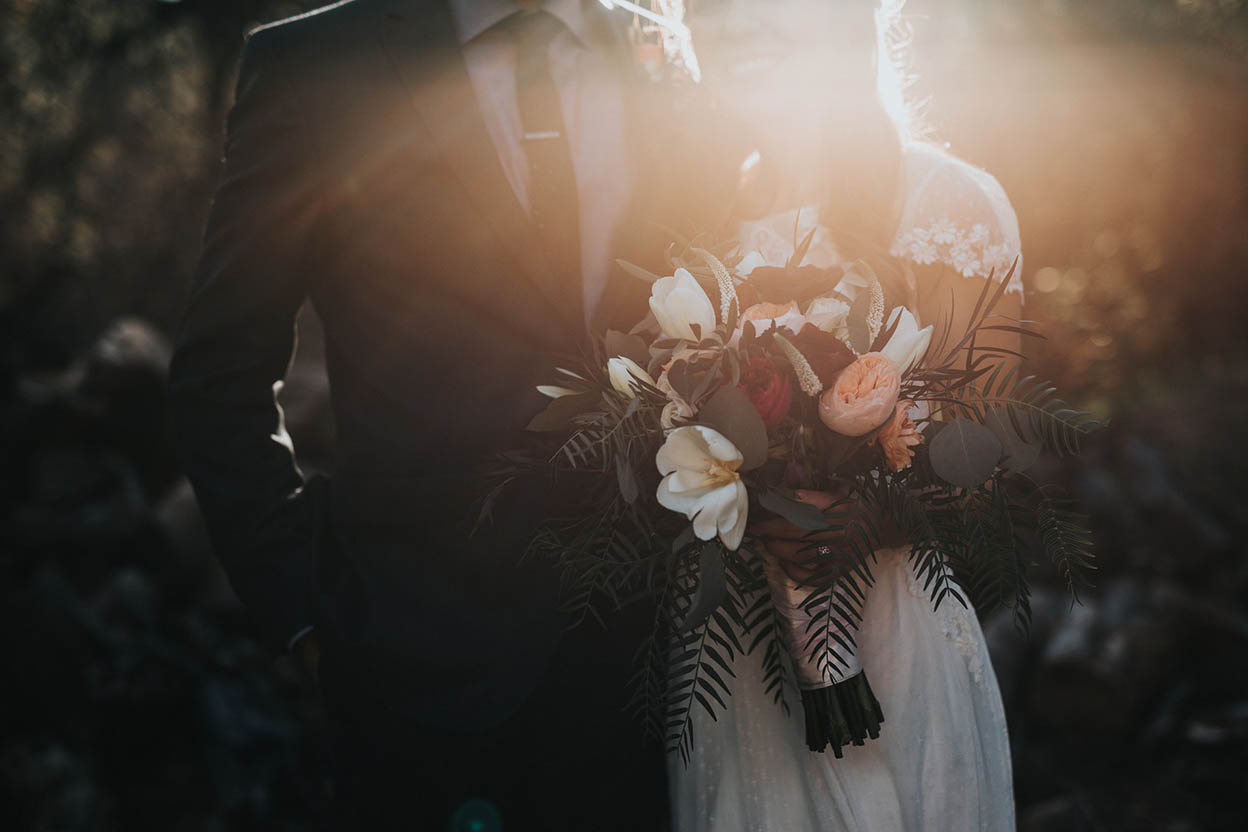
Get in touch with one of our diamond specialists.
This website use cookies to enhance your experience and providing the best service from us. You can learn more about our use of cookies in Privacy Policy